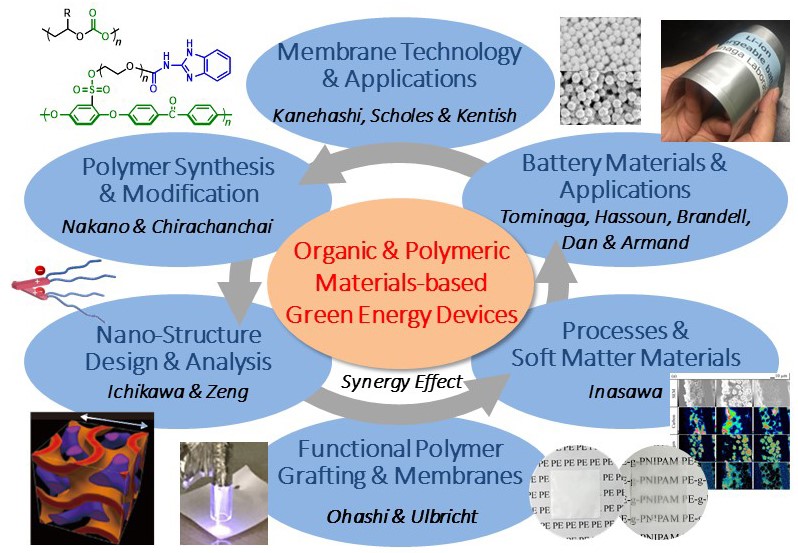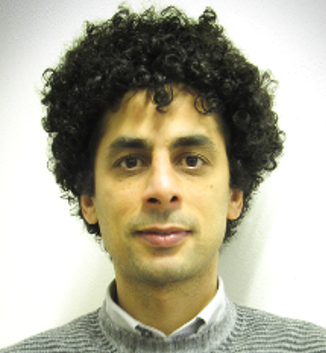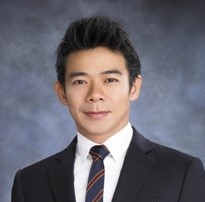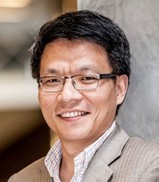Yoichi Tominaga
| Position | Professor |
|---|---|
| Affiliation | Institute of Engineering |
| URL |
【ENERGY】 Tominaga Team
This research team is working on the development of green energy devices (Li-ion secondary batteries, fuel cells, biomass energy, etc.) that are indispensable for the development of the information society in the future, the full-scale spread of electric vehicles, and the contribution to energy saving and environmental maintenance. We are paying attention. Based on the elemental technologies advanced by individual members and the results of young GIR teams, an international collaborative research system for new green energy devices based on organic and polymer materials will be established. The team members focus on Tominaga, who specializes in the development of ion-conductive polymers and research on storage batteries, Nakano, who specializes in polymer synthesis and catalyst technology, and Ichikawa, who specializes in the aggregate structure of liquid crystal molecules and fuel cell research. Inasawa specializes in analyzing and applying the mechanism of transport phenomena in the drying process, Ohashi specializes in functional film design and physical properties, and Kanehashi specializes in environmentally functional materials and membrane engineering. In this research, using “green energy devices” as a common keyword, we combine individual high expertise in functional organics and polymers, and supplement basic knowledge and technologies that are not unique to each other, and work closely together to develop materials Aim for consistent research from development to device evaluation.
Organic and polymer materials are excellent in molding processability, lightweight and highly safe, and are therefore indispensable key materials for the development of next-generation green energy device research. With the development of information technology such as IoT in recent years and the worldwide spread of electric vehicles, the need for new devices having material properties unique to organic and polymer is rapidly increasing. In particular, research and development on solid ionics materials composed of organic and polymeric materials is becoming increasingly intense in the world. In Japan, cooperation and international cooperation beyond the research field are indispensable. In this GIR team, we build an international team of researchers working at the forefront of this research field, aiming at material development that enables the creation of new green energy devices. In this research period, each member will build and strengthen an international research base on functional polymer materials and energy devices based on the basic research results on polymer solid ionics materials obtained by existing young teams. Specific examples include the synthesis of new polymers, basic evaluation of Li-air batteries and Li-sulfur batteries, application to polymer fuel cells, and effective use of green energy by membrane separation technology. Research on solid ionics in Japan has been decreasing year by year, especially for storage battery applications such as Li-ion secondary batteries, and there has been a problem of poor performance for practical use of polymer materials. Regarding fuel cells, basic research on aromatic hydrocarbon polymers is progressing mainly in Japan and the United States, but there are few examples of research on new material systems and approaches. We therefore aim to find new material systems that can be developed into devices by fusing the core technologies possessed by each, and develop them into unprecedented green energy device application research.
In the first year, we focus on building an international joint research system for each member. Tominaga supervises the entire team and, regarding his research, based on the basic knowledge about new polymer ionics that he has found so far, the possibility of application to storage batteries and new batteries with employment and invited foreigners. Nakano proceeds with the synthesis of ion-conducting polymer materials used in solid polymer electrolytes for Li-ion batteries and fuel cells. In particular, based on the polycarbonate-type ion-conductive polymer developed by Tominaga, the introduction of appropriate functional groups into the main chain and side chains, and the formation of a composite with other polymer materials can improve the ion-conductive properties. Ichikawa aims to develop an ultra-high-speed proton conductive membrane by making the gyroid structure membrane. In collaboration with overseas researchers, Ichikawa also challenges nanostructure analysis in membranes and elucidation of the proton conduction mechanism. Further, development of these membranes as separation membranes will be advanced. Inazawa considers a coating and drying process that is frequently used in electrode fabrication. The team members and invited foreign researchers exchange opinions on the optimal structure inside the electrode, and clarify how the composition of the coating solution and the drying speed will affect the structure inside the thin film. Ohashi considers improving the performance of electrolyte membranes used in batteries. By exchanging opinions with invited foreign researchers, we propose nano/micro structures of electrolyte membranes that can achieve the required performance, and aim to achieve performance while incorporating their know-how. Kanehashi considers the diffusion of ions from the viewpoint of mass transfer in polymeric materials.
On the other hand, we consider sharing the results of experiments from members within the team and discussing guidelines for designing materials suitable for each research. All invited foreign researchers are involved in the process of compiling the obtained basic research results into co-authored papers while conducting academic discussions with all members as much as possible, and are also involved in future device application research. They are also involved in the education of young researchers and graduate students belonging to this team, leading to the creation of better papers. From the next fiscal year onwards, we further develop the international collaborative research system that we have built up to the previous fiscal year and lead to the submission of international co-authored papers. In the final year, we will further increase international co-authored papers, which will promote collaboration within this team.


| Position | Professor |
|---|---|
| Affiliation | Institute of Engineering |
| URL |

| Affiliation | University of Ferrara (Italy) |
|---|---|
| Division / Department | Department of Chemical, Pharmaceutical, and Agricultural Sciences |
| Position | Associate Professor |
| URL |

| Affiliation | The University of Sheffield (U.K.) |
|---|---|
| Division / Department | Department of Materials Science and Engineering |
| Position | Senior Lecturer |
| URL | https://www.sheffield.ac.uk/materials/about/staff/academic/xzeng |

| Affiliation | Churalongkorn University (Thailand) |
|---|---|
| Division / Department | The Petroleum and Petrochemical College |
| Position | Professor |
| URL | http://www.thaipolymersociety.org/tps/index.php/th/tps-database/item/suwabun-chirachanchai |

| Affiliation | CIC energigune (Spain) |
|---|---|
| Division / Department | Solid Electrolyte |
| Position | Group Leader |
| URL |

| Affiliation | The University of Melbourne (Australia) |
|---|---|
| Division / Department | School of Chemical and Biomedical Engineering |
| Position | Head, Professor |
| URL | https://findanexpert.unimelb.edu.au/profile/14055-sandra-kentish |

| Affiliation | The University of Melbourne (Australia) |
|---|---|
| Division / Department | Department of Chemical Engineering |
| Position | Associate Professor |
| URL | https://findanexpert.unimelb.edu.au/profile/5540-colin-scholes |

| Affiliation | Uppsala University (Sweden) |
|---|---|
| Division / Department | Department of Chemistry, Ångström Laboratory |
| Position | Professor |
| URL |

| Affiliation | University of Duisburg-Essen (Germany) |
|---|---|
| Division / Department | Technical Chemistry II |
| Position | Professor |
| URL |

| Affiliation | The University of Melbourne (Australia) |
|---|---|
| Division / Department | Department of Chemical Engineering |
| Position | Laureate Professor |
| URL |
Koji NAKANO (Institute of Engineering / Associate Professor)
Takahiro ICHIKAWA (Institute of Engineering / Associate Professor)
Susumu INASAWA (Institute of Engineering / Associate Professor)
Hidenori OHASHI (Institute of Engineering / Associate Professor)
Shinji KANEHASHI (Institute of Engineering / Associate Professor)
このページの上部へ